#bacteria entity
Text
Backrooms Traced Shitpost

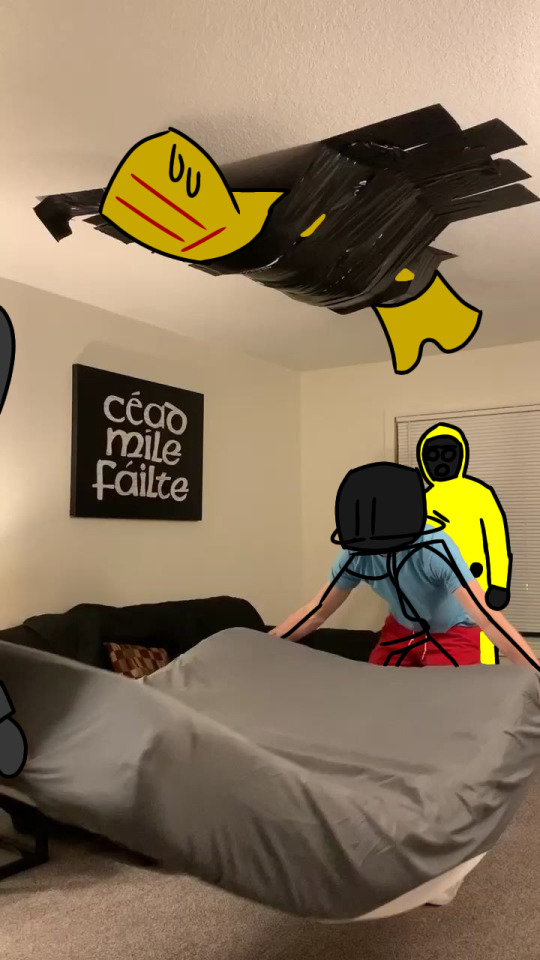



5 votes for Part 2.
#the backrooms#backrooms entity#backrooms#partypooper#partygoer#bacteria entity#skin stealer#aranea membri#spider legs#insanity entity#backrooms insanity#lol xd#lol#tumblr memes#funny memes#memesdaily#memes#meme#shitpost#funny shit#stupid shit
38 notes
·
View notes
Photo
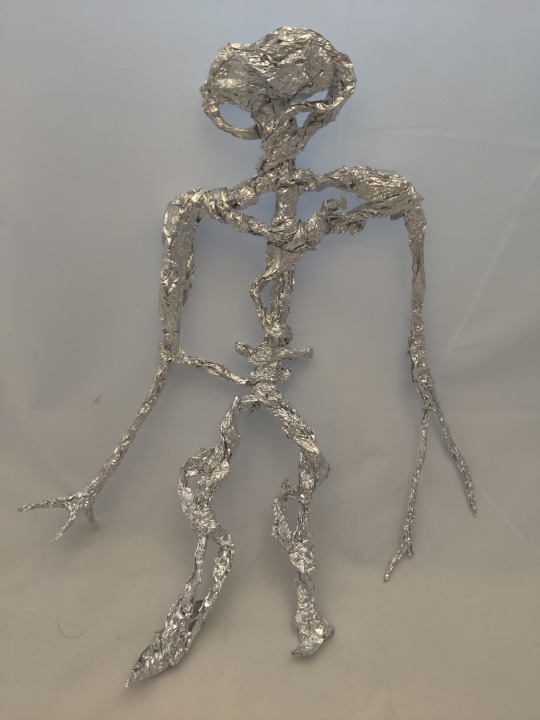
Bacteria Entity from The Backrooms - Aluminum Foil Sculpture
48 notes
·
View notes
Text

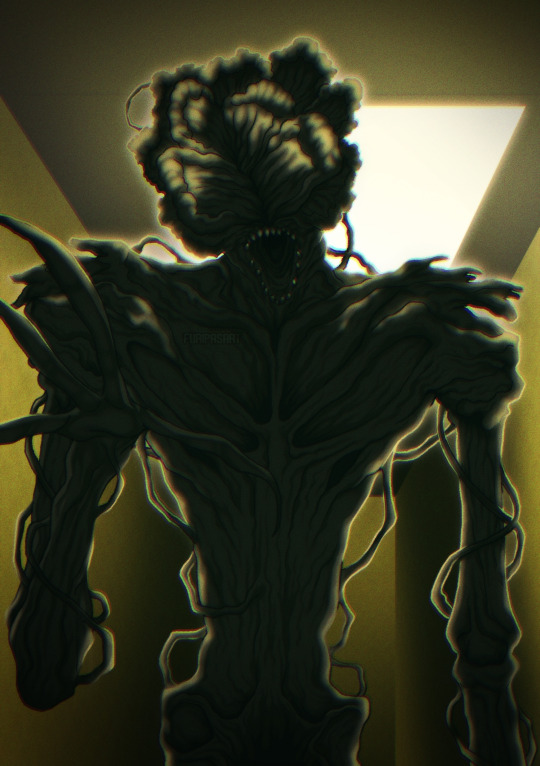
Last one for this spooky train, is related to The Backrooms. Especifically Kane Pixels version from YT. I did my own rendition on his entity "Bacteria" and used the name as a reference point as other references for it's design, using also his original video to enhance this short video.
35 notes
·
View notes
Note
Opinions on Backrooms Bacteria entity?
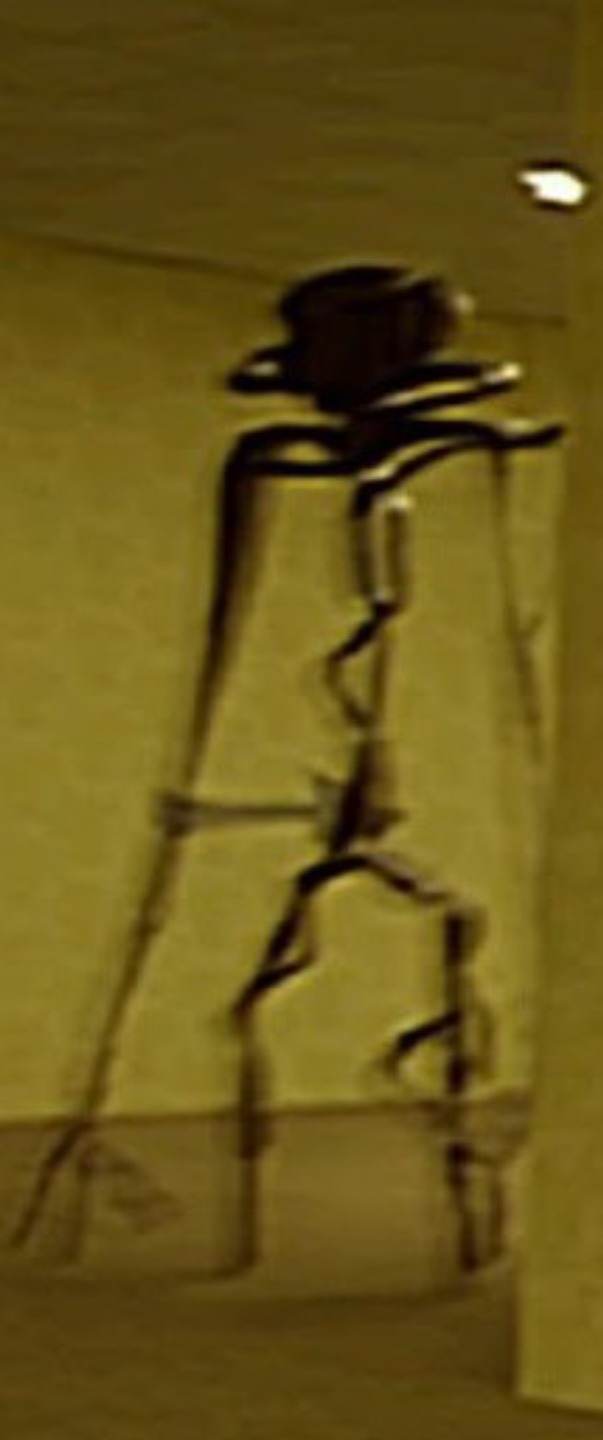
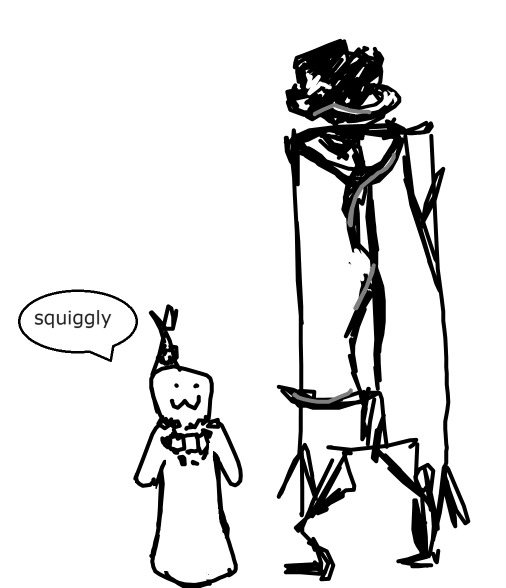
Squiggly
42 notes
·
View notes
Text
i've been wanting to make a post for some time contemplating misogyny and sexism in doctor who fandom and how i genuinely think it's worth considering how it can range from aggressive to unconscious, influence readings of the show as well as perceptions of fans in fan spaces, and how the hostile and defensive atmosphere which has seemingly soaked into all of the internet now (and also real life at conventions too honestly) can both raise these issues and dismiss them, decry them and encourage them, but honestly... it all makes me really tired so this'll have to do for now
#this could also apply to a whole load of other bigotries#and probs mix together with other bigotries and develop like bacteria it's not like they're entities that never touch#not to mention beyond the fandom in the show itself as well as the press and reviewers#this is a topic that deserves a lot more care and attention but like i said i'm so tired#I would like to be more optimistic but I’m also a person dealing with stuff yet i also feel like these things need to be discussed ya know#doctor who#thirteenth doctor
14 notes
·
View notes
Photo



& i don’t think we acknowledge the potential “ canon “ narrator design enough ( & i’m not talking about the computerhead ), SO HERE’S SOME FOOD FOR THOUGHT....
#uwu art#The Stanley Parable#The Stanley Parable Ultra Deluxe#TSP Narrator#// ask to tag#body horror tw#i think he should get to be a backrooms creature more often#DISTANT RELATIVE TO THE BACKROOMS ENTITY BACTERIA METHINKS#& this thing LOOMS over stanley & snakes around it's horrible#maybe i'll dump some thoughts on it sometime#& I LOVE ELDRITCH HORROR / CREATURE NARRATOR AS MUCH AS THE NEXT PERSON but something about mild objecthead narrator going on.....
164 notes
·
View notes
Text

me with my mutuals...
12 notes
·
View notes
Text
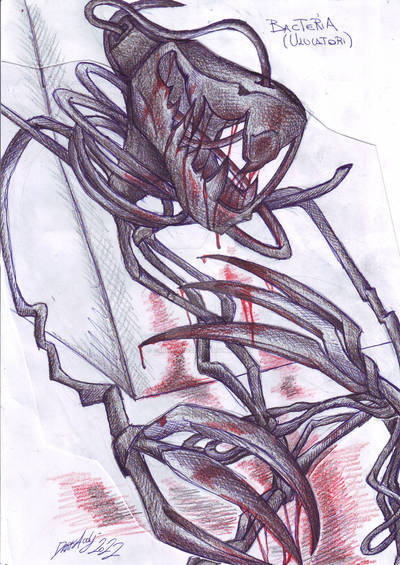
Bacteria (The Backrooms)
7 notes
·
View notes
Text
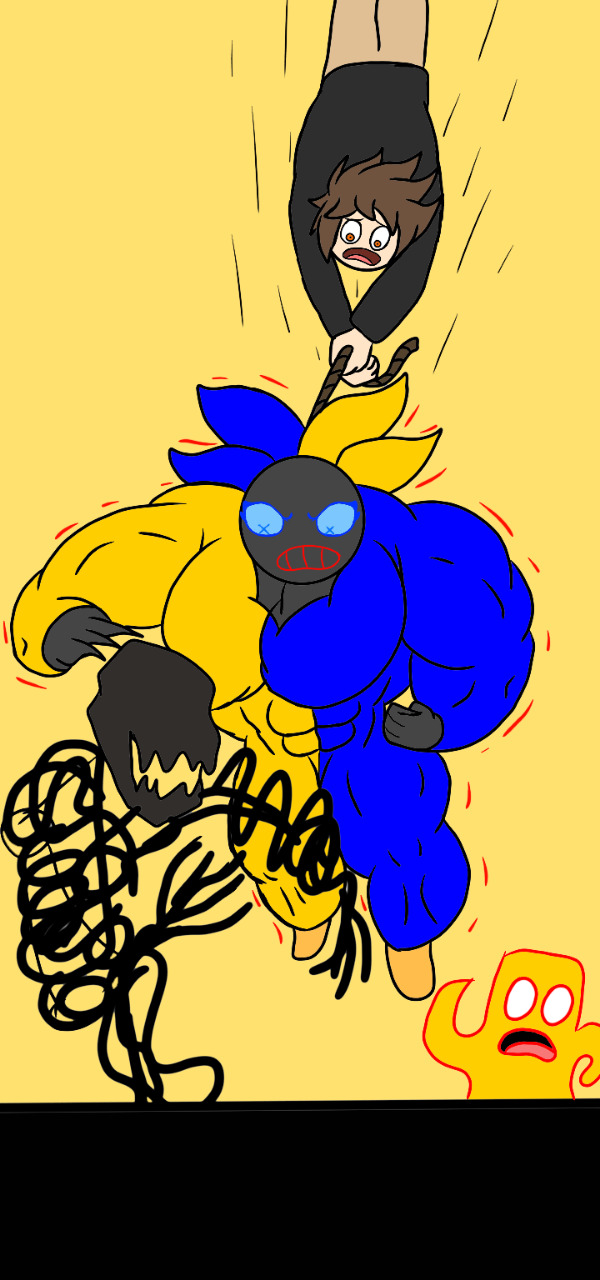

2 notes
·
View notes
Text
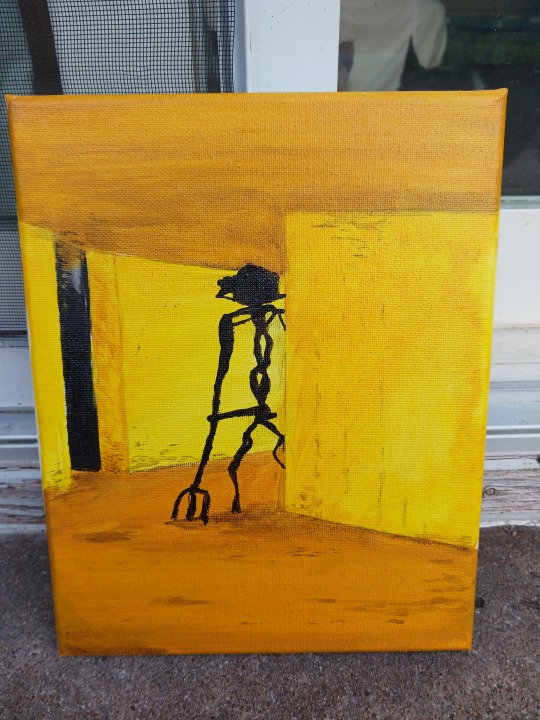
Backrooms Entity, acrylic on canvas.
#backrooms#liminal#liminal spaces#liminal aesthetic#liminalcore#backrooms entity#entity#fanart#art#my art#monster#bacteria#kane pixels#acrylic#acrylic painting#painting#traditional art#creepypasta#creepy art
8 notes
·
View notes
Note
I have brought candy for all the entities who wants some
[The Howler grabbed only one piece of candy he didn't really like sweets to much he was a grumpy boi-]
[The Siren grabbed five pieces of candy and made a tiny happy screech sound and walked off]
[The Phantom Smiler looked at the piece of candy and took ten pieces and then ran off giggling to himself madly]
[The Hound tried grabbing a piece of candy but accidentally knocked the bowl out of your hands so it picked up five pieces of candy and and gave the bowl back to you and crawled off]
[The Titan Smiler took twenty pieces of candy he really loved sugar and sweets so he was greedy-]
[The Skin Stealer took four pieces of candy and walked off smiling happily that he got candy]
[The Skin Walker took ten pieces of candy and walked off happily and smiling like a child]
[The Stalker took three pieces of candy and ran off aswell]
[Timmy walked over and grabbed four pieces of candy each making that twelve pieces of candy]
[Mr. Kitty walked over and grabbed five pieces of candy and gave you ten and then walked off he was a very nice guy]
[Starfish and Kameloha couldn't get any because they were in water so they were very sad-]
#[the howling stickfigure // the howler / bacteria]#[the screeching snitch // siren]#[a birdlike watcher // the stalker]#[a smile that watches in the dark // phantom smiler]#[the forbidden pet // hound]#[a towering smile // titan smiler]#[the entity that wants your skin... // skinstealer]#[a fake doppelganger // the skin walker]#[the wandering starfish // starfish]#[the unknown water creature // kameloha]#[plushie maker // mr kitty]#asking the entities // answered ask
3 notes
·
View notes
Text
...

#the backrooms#backrooms entity#backrooms#partygoers#entity 67#partygoer#bacteria entity#backrooms bacteria
10 notes
·
View notes
Text

try to guess the backrooms entities.
5 notes
·
View notes
Text
Humans are symbiotes
When we met humans we were naïve enough to assume they were like us.
We thought each of them was a single entity until our ships systems completed their routine scans.
Of course we offered to rid them of the parasites they carried, it was politeness or so we thought. It took some careful explaining, we expected they would be horrified by the realisation there were microscopic creatures living within them. Instead they were horrified at the thought of losing them.
Humans are each a chorum. Do not be fooled by their use of the singular, the body you see is a vehicle carrying a population of billions.
All the bacteria and viruses we worked so hard to eradicate, humans instead invited in and made a part of them. The relationship is so profound they will deliberately cultivate and ingest the species they prefer to have inside them, and their digestion of food (another horror with their definition of food including a lengthy list of poisons) relies on of having the right population mix.
They create and alter viruses at whim to do many chores, and easily tolerate micro-organisms deadly to us.
They are each a walking army, deadly in the most terrifying way imaginable.
How do I know this?
We thought our systems isolated everything, we thought we were safe and their protective suits were sterilised. Somehow, we missed it. One of the suits had clinging to it a tiny virus colony.
When the Captain realised what was happening they closed every airlock and isolated each section to halt the spread. I got stuck on the lower storage deck for almost two cycles.
The humans did all they could to reassure me from a distance, sharing their knowledge to cleanse the ship for the rescue party. They knew they could not come in, but they would speak to me, make sure I knew what was happening and that they had called for rescue on my behalf, and how long it would be until I could be released.
They were mortified by the actions of one of the feral viruses they consider little more than an irritating pest.
I think they were sad to realise they can never safely interact with us or fully join our union. They can watch from a distance, but never walk on our worlds or share our ships. For a symbiotic ensemble that isolation must be painful even knowing it is vital for life.
I am one of the only members of the union to have met humans in person.
I alone survived the plague the humans later identified as 'the common cold'.
4K notes
·
View notes
Note
now I wanna know- why isn't drinking water free in the US?
Hi there friend! Thanks very much for taking the bait from this post. Buckle up, this is a long one.
If you want to put out a cistern and collect rainwater and use that, congratulations! Your water is free! Plus the cost of maintaining your cistern and keeping it clean. If you’re lucky enough to live somewhere with a high enough water table to have a well, then your water is also free + the cost of the well and well maintenance.
But if you want water to come out of your tap on demand and you can’t or don’t want to maintain a cistern and you can’t or don’t want to have a well… you need public water!
How do we get public water? Well, a government entity (usually. there are some private utilities, but that’s a different post. I have strong feelings) has rights to take water out of a river or a lake, or they have a reservoir, or they have access to an aquifer. Then they have to transport the water out of the source. This generally requires aqueducts or massive pipes, which are expensive and need to be maintained, which is also expensive. The pipe leading out of one of my utility’s reservoirs is 12 feet in diameter.
Does the water go directly from the source to your home? Nope! It gets piped to a water filtration plant! The process of modern water filtration is complicated but it involves both physical and chemical treatment to make sure the water isn’t carrying any parasites, harmful bacteria, or pollutants and it has the right pH. Not only are these filtration plants extremely expensive to build and maintain but the process of operating them is extremely expensive, both in terms of hiring skilled staff and having appropriate materials for the filters and chemical treatment.
After the treated water (called “finished water” in the biz) is ready it does get piped to your house.
If you use public water, do you know where your local water filtration plant is? No? That probably means it’s not in your immediate neighborhood, which probably means it’s several miles or more away. To get to your house, the water needs to travel through an extensive pipe network. These pipes are smaller but they have to remain pressurized so that no contaminants can get into the water on its way to your house. But pipes break! Especially if you live somewhere with a freeze/thaw cycle. Maintaining this pipe network is, you guessed it, expensive! It requires materials and extremely skilled workers who perform in very very difficult conditions. Plus lots of engineering to keep the whole system pressurized even when one part of it breaks. Oh, and you know what lots of pipes were made out of in the early 20th century? Lead! So all around the country utilities need to make extensive and costly infrastructure upgrades because now we know lead pipes are really freaking bad.
Okay, so you get the basic picture. And I haven’t even gotten into Safe Drinking Water Act compliance, but most of that happens at the filtration plant. Oo! Or desalinization because some utilities pull their water from the sea and need to take the salt out. I know basically nothing about this except that it is likely complicated and expensive to do at scale.
This is essentially why I get frustrated by people who argue “why should we pay for something that falls out of the sky?” Because finished water doesn’t fall from the sky and it sure as hell doesn’t fall from the sky into your faucet. (Side note: as a public utility official I have been screamed at by the “it falls from the sky” people. A thing I like about the private sector is that people scream at me a lot less.)
Now, there is a very strong argument to be made that because water is necessary for human life, it should be provided by the government for free to everyone. And just like the costs of roads or public education, this should be part of the public budget and paid for by taxes and no one should have a water bill. I don’t disagree with this. I’m sure that’s how it’s done in some countries.
I don’t have a well-researched answer on the history of water utilities but I do have some facts and some (very) educated conjectures. Water rights in the US are complicated (another separate post!) but they’re based on private ownership. Ever since white people came to this country people have been claiming ownership over water and charging each other money for taking water out of rivers or lakes or the ground. You can measure how much of it someone uses and charge them for it. Water is treated like a commodity because unlike other public goods, it *can* be treated like a commodity and then, you know, capitalism. Again, I’m not saying that’s right.
But as a society, if we believe that no one should have a water bill, then we need to figure out how to pay for all the very expensive steps in the process I outlined at the top. Could that just be taxes? Sure, if you have a system that supports taxes at that level. Do I believe that public funding of water infrastructure would be a fuckton better than a lot of things we use taxes for now? Absolutely! But that requires massive institutional change and this isn’t generally an issue that people know enough about to demand change.
If you read this far, congratulations! You now know more stuff about drinking water!
#hey if you enjoyed reading this consider reblogging it#it took me a while to write up#and I love educating people about this stuff#also if you have follow up questions please send them along#miro does asks#miro irl#drinking water#public utilities#water utilities#public water#long post
109 notes
·
View notes
Text
Mercy Brown: when superstitions go awry

Tuberculosis is an insidious disease that comes in quietly and sweeps away entire families, rarely content with just one or two before its run its course. This slowly dividing bacteria travels from host to host through aerosol droplets via sneezing, coughing, speaking and other airborne paths. Considering the fact that TB attacks the lungs most often, resulting in, among other things, coughing up bloody phlegm, this means its highly transmissible and yet, luckily, very slow to be caught by the average passer-by. The longer someone spends with the sick person, and the less well ventilated an area is, the more likely the disease is to pass on to the next victim. Most people that came down with TB caught it from sick family members. These days we have a vaccine against it but TB has been around for most of humanities' recorded history, with even Egyptian mummies having been found with physical evidence of it. In Victorian (and later) times the disease was referred to as 'consumption' with little understanding of its source or its cause, an unknown horror that seemed to come from nowhere, prey on an entire family or community and than vanish again just as mysteriously.
In 1883 (or 1884 or 1888 -the dates are all over the place), a woman in Exeter, Rhode Island by the name of Mary Eliza died of 'consumption'. Six months later, her oldest daughter, Mary Olive, joined her in the graveyard. The distraught husband, George, waited, one can only imagine, with terror for the rest of their children to be swept away as well but for the next several years, all was well in the family. Then, in the cold months at the end of 1891, his daughter Mercy Lena came down with consumption.
From our place, safely in the future, we can look at the case and wonder if she was exposed to a new strain that finally found a weak spot the previous one hadn't and laid claim to her. It's entirely possible however that the same bacteria that killed her mother was now killing Mercy as well. Mercy might have contracted what's known as latent TB from her mother, a case where the bacteria lies dormant in the system, the victim a benign carrier who can't infect others until something, usually an event that suppresses the immune system, triggers it into a full blow, active bought. Whatever the case, whether it was a new infection or the haunting family ghost of her mother's older one, Mercy, and her younger brother Edwin, both came down with active TB in 1891. Edwin, a teenager at the time, was sent to Colorado in the hopes it would heal him - but Mercy died in the first month of the new year, going the way of her mother and older sister before her to the grave. She was only 19.
The story should have stopped there.
I wouldn't be writing about this if it had.
Edwin returned from Colorado and his health continued to decline. Soon, if nothing changed, he would follow the majority of his family into the grave. The neighbors had a plan though. They just needed his father's permission.
What they proposed was that an evil entity was draining the life of the Brown family, picking them off one at a time and returning for each new victim. The evil that was killing the family - was a member of the family.
Here's where we get into the superstition part of things. If you read articles online about Mercy Brown you'll find the word 'vampire' thrown around a lot. It was the word used in the newspapers of the time, that caught wind of what the neighbors planned, and its also modern culture, thanks in large part to Bram Stroker's Dracula (there is speculation that his character of Lucy might have had its roots in stories he'd read about Mercy in the newspapers of his time. Dracula, remember, was published in 1897). A dark force, rising from the grave to suck the life out of its victims. Well, yes - and no. Modern vampires, the way we collectively view them now, with fangs and a hunger for blood, creeping around through windows and walking among us on our crowded nighttime streets is a new reskinning. During Mercy's time, and much much further back than that, the 'vampire' associated with disease like TB was much more nebulous. For many cultures, what was rising out of the grave to drain the life from its own family had more resemblance to an angry or hungry ghost, than a walking, talking monster. A distinction that, realistically, has no bearing on the end result but, metaphysically, the story changes. It becomes something personal, to the victim and the neighbors around the family, someone they knew in life, someone they watched die. It's the sorrow and the potential rage and absolutely the confusion of why it happened in the first place, rising like fog from the grave to whisper across the landscape, trying to take what it once had back to the cold of its tomb with it. It's the familiar knock of a friend at the door when the friend isn't there anymore. It's the smile you knew all the nineteen years of its life on the other side of the window on a moonless night. When the neighbors wanted to dig up Eliza, Olive and Mercy, there was the quiet whisper that traced back through a thousand ancestors into the far past of humanity that murmured that love doesn't die when the body does - and that that's terrifying, not comforting.
George, with his son dying, agreed to let the neighbors go digging up his family. Maybe he believed them, some accounts say he didn't, but whatever the case, he let them pull up the bodies of his dead loved ones out of their cold graves in the late winter and lay them out right there for testing. Mary Eliza and Mary Olive were safe. They were too rotted to be the hungry ghost that was trying to take young Edwin with it. Mercy however - Mercy, according to the reporter that was onsite to record all of this, looked far too fresh to be a two month old corpse. Her hair and nails had grown, her body looked unblemished, reports said her body had shifted since it had been laid out and, most damning of all, when her chest was cut open by the local doctor, her organs were found to still have blood in them. It wasn't important that Mercy's body had been in the ground during some of the coldest, and therefor most preserving, months of the year. They certainly didn't know about the buildup of gas in a body that can make it move or the way the skin shrinks and pulls back from nails and hair, making them seem to grow. No. What they saw was that Mercy wasn't content to travel into death alone. She wanted her baby brother to go with her.
So they burned her heart on a stone in the graveyard, put the ashes in a drink and had Edwin chug it down. In a move that dates back to, at least, Achilles desecrating Hector's body in the Iliad, you rob a ghost of its power by mangling the body that ties it to both this world, and its recognizable identity.
It didn't work. Within two months, Edwin was dead as well. The story however, lived on. Perhaps in Stoker's Dracula and certainly in the papers of the day. Mercy was, perhaps, the last body dug up in New England and given the 'vampire' treatment. She wasn't the only one however. There are at least six other recorded, and possibly other unmarked, instances during what came to be known as the New England Vampire Panic that swept the upper US during the 1800s. Mercy, at this point, seems to be the last, coming in on the tail end of the old century and the beginning of the new. A last flicker of the old superstitions dying out in the face of rising science.

#mercy brown#vampire#superstition#folklore#Dracula daily#Dracula#bram stoker#new england vampire panic#american folklore#american vampire
296 notes
·
View notes